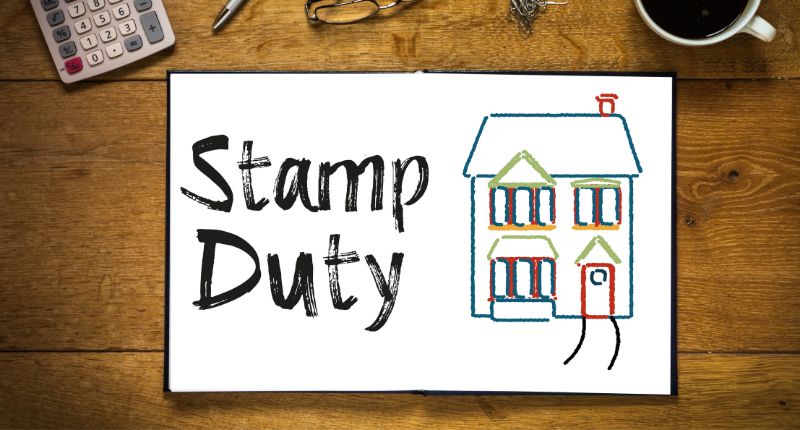
- Stamp duty poses significant financial obstacles for Australian homebuyers, reaching up to half a year's income.
- Research reveals steep increases in stamp duty costs, particularly impacting buyers in eastern capitals.
- Stamp duty reform is urged due to its adverse effects on housing affordability and economic productivity.
Stamp duty has been a substantial barrier to homeownership for the nation’s home buyers, a cost that has skyrocketed over the past generation, according to new joint research by the e61 Institute and PropTrack.
Stamp duty equivalent to around half a year’s income
The research found that stamp duty increases were worse in the nation’s eastern capitals. Stamp duty on median-priced homes in Sydney stood at $44,500, or six months of average full-time, post-tax wages, 5.4 times more than the cost in the early-to-mid 1980s.
Meanwhile, Melbourne buyers had to pay $42,500 in stamp duty, a 6.1-fold rise from four decades ago, the most significant increase of any capital.
Though buyers in Brisbane faced lower costs, with owner-occupiers benefiting from concessions, stamp duty still translated to $25,900, or 3.7 months of income for investors.
Owner-occupiers had to pay $18,700- or 2.7 months’ income, a figure 5.5 times more than four decades ago.
Stamp duty as months of income (average after-tax income and a median-priced home)

Homebuyers in Adelaide, Perth, and Hobart were not exempt from the stamp duty surges. Relative to income, stamp duty on median-priced homes in Adelaide was 4.4 times higher. Additionally, it was 4.5 times higher in Perth and six times higher in Hobart.
The unseen costs of stamp duty
The growing unaffordability of housing, including stamp duty costs, went beyond time and money. For example, survey data found that a quarter of Australians under 40 delayed changing jobs due to housing prices.
Delayed major life decisions

“Previous e61 research highlighted that preventing job switching can weaken productivity which has flow-on effects on wage growth and inflation. Overhauling the current stamp duty system has the potential to alleviate these pressures on individuals and the economy more broadly,” commented e61 Institute research manager, Dr Nick Garvin.
Moreover, housing costs have caused over one in five 30 to 40-year-olds to delay having children.
National weekly asking property prices
Stamp duty was also a substantial financial hurdle for those looking to downsize.
“Stamp duty is an inefficient tax because it discourages people from moving to homes that suit them. While the rise has largely been incidental, rather than an intentional increase in tax rates, stamp duty reform is critically needed to allow the property market to operate more efficiently,” said PropTrack senior economist, Angus Moore.
Potential downsizing deterred

Experts have argued that downsizing, particularly for older Australians living in homes no longer suitable for their purposes, will allow the nation’s homes, or bedrooms, to be more efficiently purposed.
The most unpopular policy
Opinion polls have found that abolishing stamp duty topped the list of Australia’s housing policy priorities, with over a third of survey respondents picking the option in their top five. Other popular responses, such as lowering land tax, were at least 5% lower.
Australians’ housing policy priorities (for state and territory governments)

“Housing affordability and availability is without a doubt a challenge of our time. Governments and policymakers must consider the unpopularity of stamp duty, and the indirect impacts stamp duty has on various other parts of the economy and people’s lives.”
Dr Nick Garvin, e61 Institute Research Manager.




